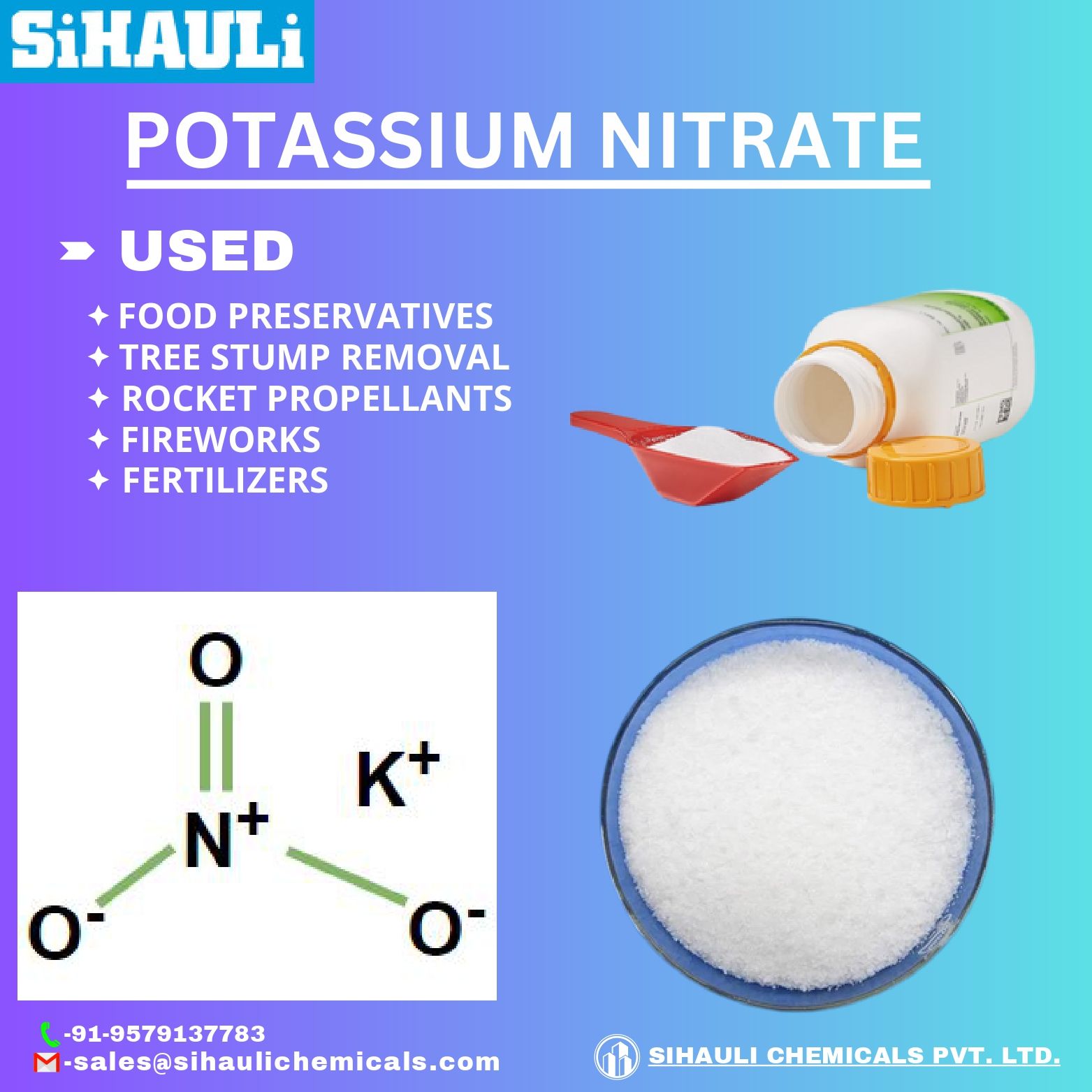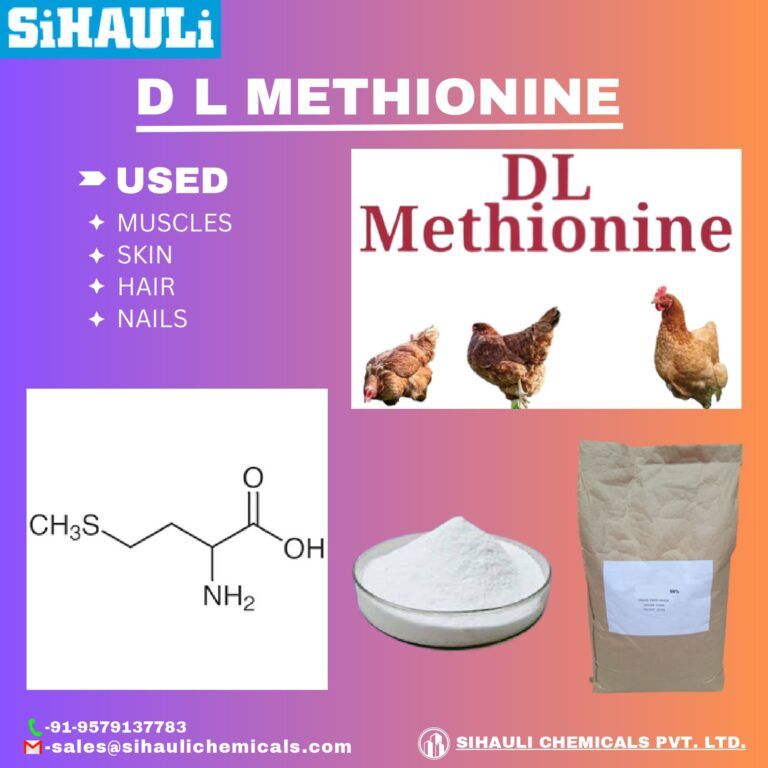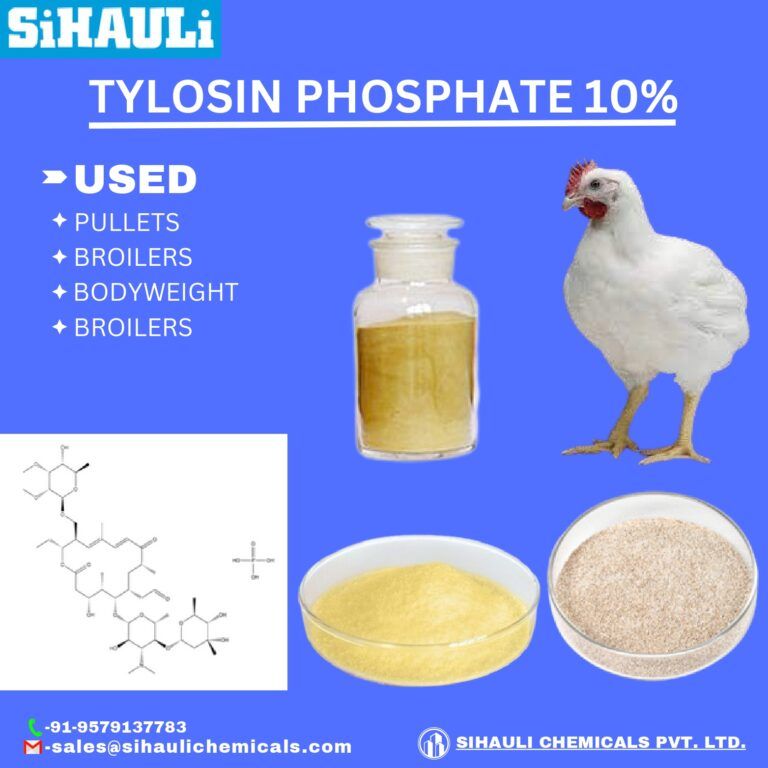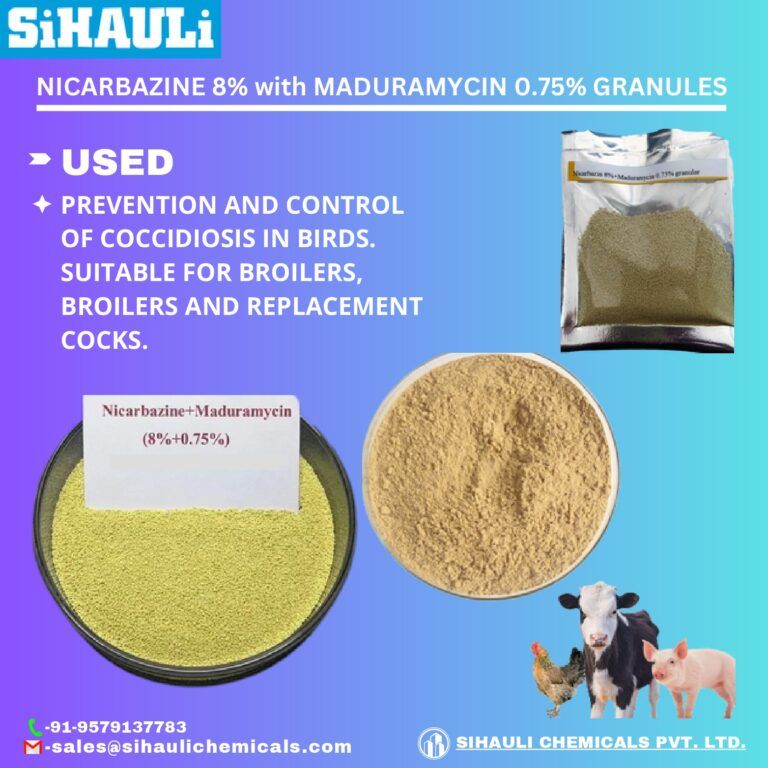Potassium nitrate is an inorganic salt with a chemical formula of KNO3. It is a natural source of nitrate and has been used as a constituent for several different purposes, including food preservatives, fertilizers, tree stump removal, rocket propellants, and fireworks.
potassium nitrate (KNO3), also called saltpetre or nitre, an ionic white crystalline salt made up of potassium ions and nitrate ions. Uses of potassium nitrate include the manufacture of fertilizers, pesticides, glass, fireworks, explosives, and rocket fuels. It is also used as a food preservative, and when added to meat it causes a reaction between the myoglobin and hemoglobin in the blood, making the meat appear red in colour. It is also used as an additive in some toothpastes to help with tooth sensitivity. Potassium nitrate is toxic to humans in high levels, so its use is carefully controlled when human consumption is involved.
It is found in impure form, often called saltpetre (also called nitre), its name derived from the Latin words sal patrae, meaning “salt of the rock,” as it is often found as a white material deposited on the surface of rocks. Saltpetre can form on the surface of soil in various warm-climate locations, including in Egypt, Spain, and Iran. In such places, feces, urine, and decaying plants react with moisture and an alkaline soil to create nitrates. These nitrates dissolve in rainwater, and white deposits of potassium nitrate are left behind when this water evaporates. Many caves throughout the world have large deposits of saltpetre due to large amounts of bat guano and urine found there.
History and production
In the 9th century Chinese chemists discovered that a mixture of potassium nitrate, sulfur, and charcoal would spontaneously produce smoke and flames. By the 11th century the Chinese were incorporating the mixture, gunpowder, into smoke bombs to help fight off enemies, and in the 13th and 14th centuries they used this explosive power to propel objects at their foes with guns.
Historically in the United States, in the early to mid-19th century, caves in Kentucky, Tennessee, and West Virginia were extensively mined for saltpetre that was used to manufacture gunpowder. As more applications of potassium nitrate were discovered, the demand for the chemical compound increased. The increased demand shifted its production from the caves, where only a finite amount of the chemical could be manufactured, to industrial labs, with a much higher ability for production. The most common method of industrial production uses potassium chloride in a double displacement reaction with nitric acid.
Chemical properties
Potassium nitrate has a molar mass of 101.10 grams per mole. It has a boiling point of 400 °C (752 °F), a melting point of 334 °C (633 °F), and a density of 2.11 grams per cubic centimetre at 25 °C (70 °F). It is soluble in water at 38.3 grams per 100 millilitres at 25 °C but is only slightly soluble in most alcohols. It is insoluble in ethanol.
While not itself combustible, potassium nitrate accelerates the burning of combustible materials. Potassium nitrate is a strong oxidizer and when heated decomposes to potassium nitrite and oxygen, which helps the combustion process in explosives. For this reason, potassium nitrate is referred to as an oxidizing agent. It has multiple uses including in the manufacture of fertilizers, medicine, gunpowder, fireworks, and explosives.
Modern industrial production
In the United States more than 200,000 tonnes of potassium nitrate are manufactured annually, almost 90 percent of the production being used in fertilizers. The remaining 10 percent is used in processes such as the manufacture of matches and fireworks and of glass and ceramics. Annual worldwide production is in excess of 30 million tonnes, Russia leading the way in production at just over one-half of this annual total.




